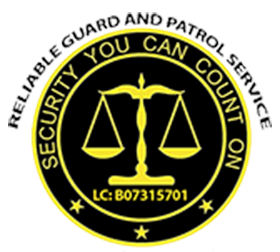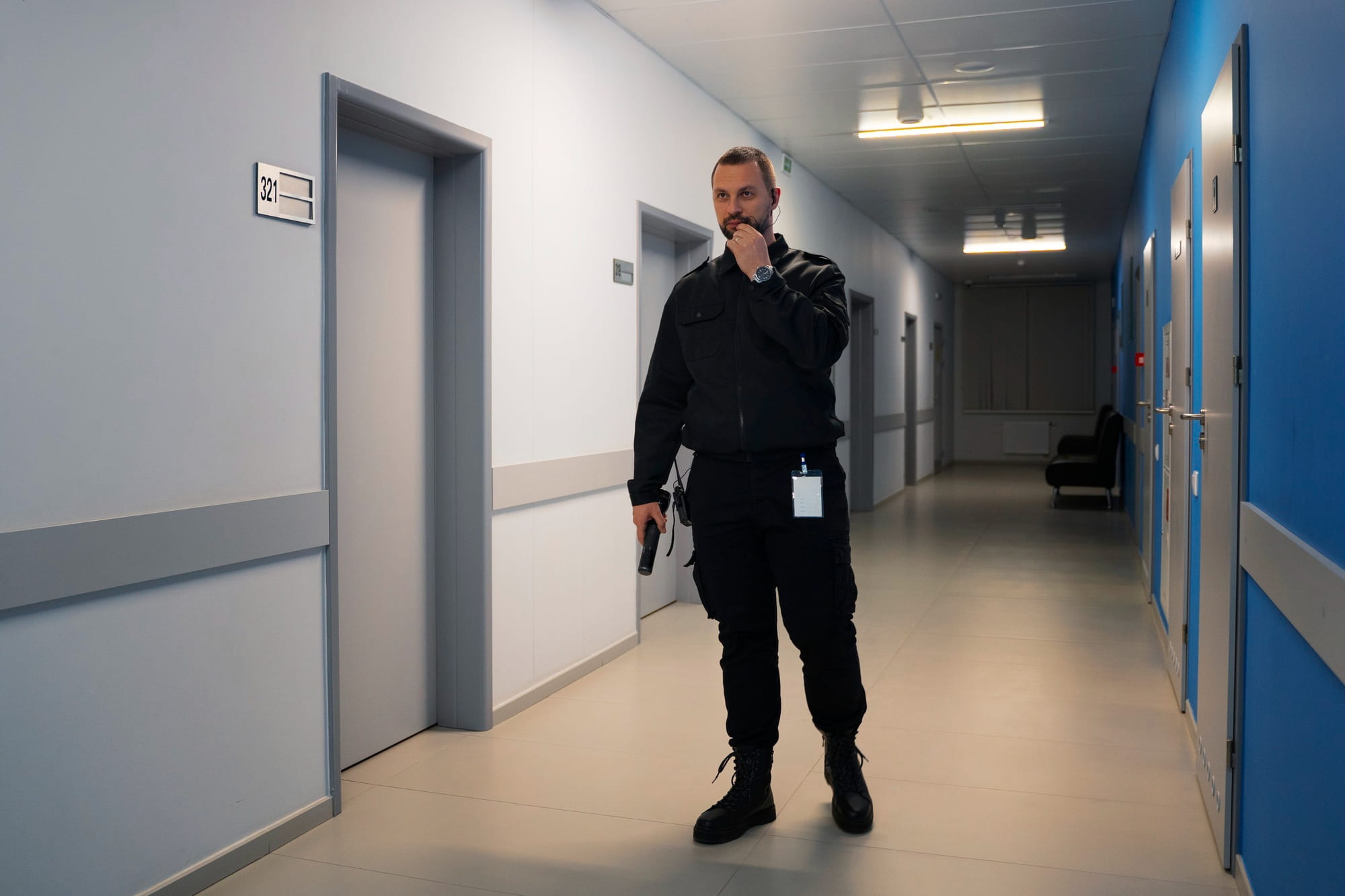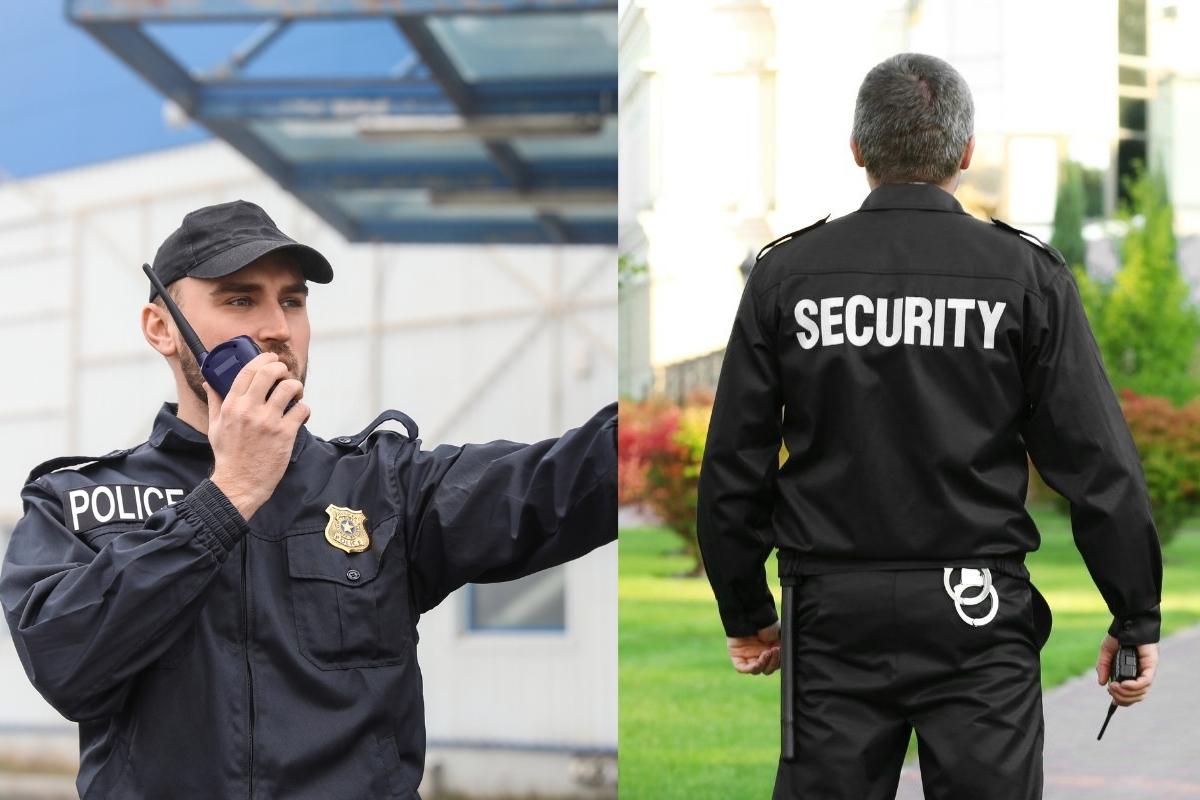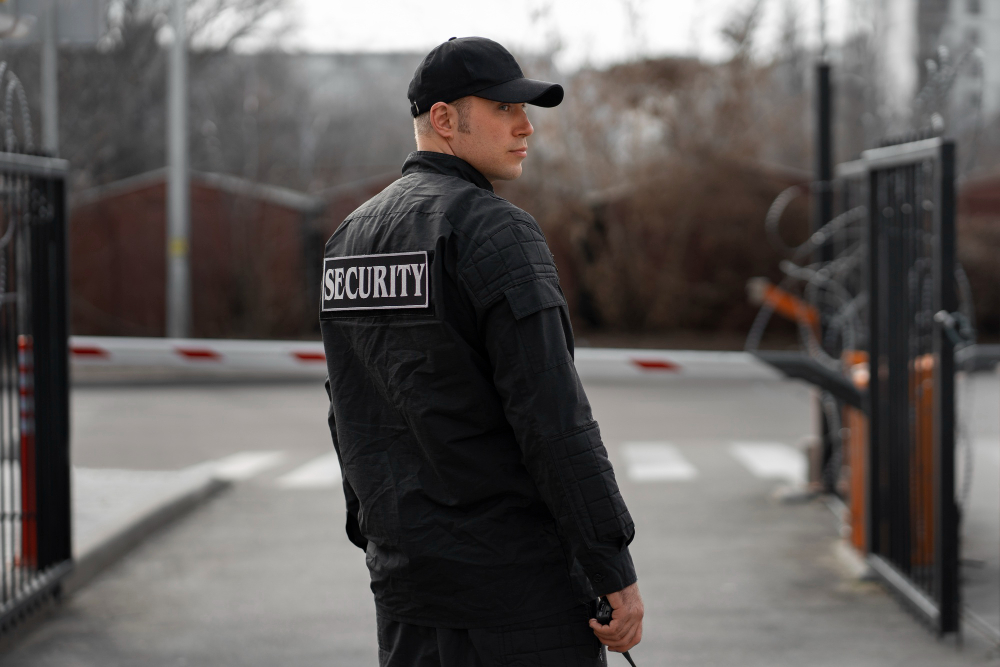
- Sat, Oct 2025
- |
- Reliable Houston Security Guard Service, Inc
Building security encompasses comprehensive protection systems designed to safeguard properties, assets, and occupants from unauthorized access, theft, and various security threats. Modern property protection involves multiple layers of defense including access control systems, surveillance technology, intrusion detection devices, and trained security personnel working together to create effective safety coverage. Implementing proper building security requires systematic planning, regular maintenance, and continuous assessment to address evolving risks and vulnerabilities. While security system costs vary depending on property size and complexity, the investment in comprehensive protection measures provides significant long-term value through reduced risks, lower insurance premiums, and enhanced peace of mind for property owners and occupants. This guide explores essential security methods, implementation strategies, and maintenance practices that help create safer environments for residential and commercial properties of all types.
Understanding Property Protection Systems
Property protection systems safeguard buildings, valuable assets, and people from unauthorized access and potential threats. These comprehensive security measures work to prevent, identify, and address various safety violations before they escalate. Effective protection strategies create multiple barriers that discourage criminal activity while ensuring occupant safety. The primary objective involves establishing robust defenses that can respond quickly to emerging security challenges. Neglecting proper security protocols leaves properties vulnerable to theft, vandalism, and other harmful incidents.
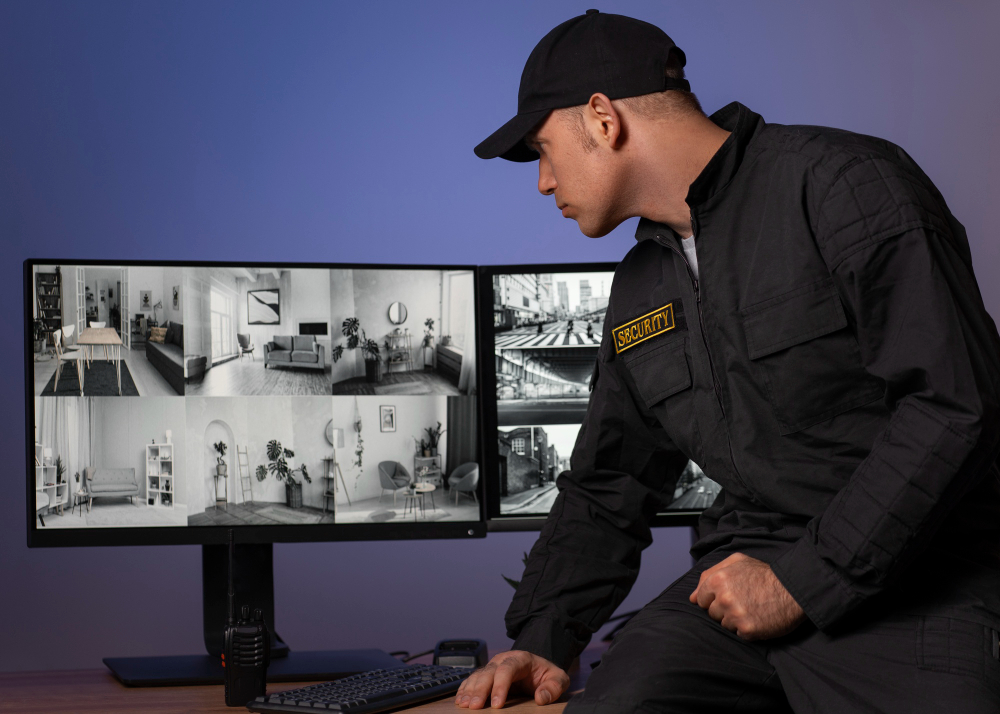
The Value of Secure Buildings
Implementing strong security measures protects property owners, their investments, and everyone who uses the building regularly. Property managers across all sectors should prioritize comprehensive security planning to minimize potential risks and losses. Statistics show that property crimes remain a significant concern, making proactive security measures more critical than ever. Well-designed security systems provide peace of mind while preserving the integrity of daily operations and activities. Professional building security innovations help identify vulnerabilities before they become serious problems that could impact safety and productivity.
Different Categories of Property Protection Methods
Modern building protection relies on several key security approaches that work together to create comprehensive safety coverage. Access control systems manage who can enter specific areas by restricting unauthorized individuals from reaching sensitive locations and equipment. These entry management solutions help property managers maintain better oversight of building access throughout daily operations. Surveillance technology provides continuous monitoring capabilities through strategically placed camera systems that record activity around the clock. Visual monitoring tools create detailed records that can be reviewed when security incidents occur or investigations are needed.
Intrusion detection systems utilize advanced sensors and alert mechanisms to identify potential security breaches before they escalate. Motion detection devices and automated notification systems work together to provide immediate warnings when unauthorized activity is detected. Security personnel form the human element of protection through trained professionals who oversee building safety protocols and respond to emergencies. These security services include supervisory staff, stationed guards at entry points, and mobile patrol officers who monitor different areas. Professional security staff can make real-time decisions and adapt quickly to changing situations that automated systems might miss.
Steps to Protect Your Property Effectively
Start by evaluating potential security weaknesses through comprehensive risk assessments that identify vulnerable areas and entry points. Remove vegetation and objects near the building that could provide hiding spots for unauthorized individuals attempting to gain access. Establishing clear perimeter boundaries using fencing or walls creates the first line of defense against potential intruders. Physical barriers like turnstiles at entry points help control the flow of people entering and leaving the facility. Advanced detection systems at main entrances can identify prohibited items before they enter sensitive areas of the building.
Maintain detailed visitor records by documenting names, entry times, exit times, and signatures in organized logbooks for security tracking. Require all individuals to display current identification badges featuring recent photographs to enable quick visual verification by security personnel. Additional identity confirmation procedures provide extra layers of protection for high-security environments that require enhanced access control measures. Secure doors leading to valuable assets, sensitive information, or critical equipment using electronic locks or keycode entry systems. Strategic camera placement throughout the property ensures comprehensive surveillance coverage while eliminating potential blind spots where unauthorized activity could occur undetected.
Keep all building areas properly illuminated and free from large objects that could conceal intruders or suspicious activities. Motion sensor technology with automatic alarm systems provides immediate notifications when unauthorized movement is detected in restricted zones. Develop clear security incident protocols that include detailed evacuation procedures and comprehensive emergency response plans for various threat scenarios. Regular security assessments help identify new vulnerabilities while ensuring protection measures remain effective against evolving security threats and challenges. For specialized locations, consider construction site security or warehouse security services tailored to specific operational needs.

Keeping Your Security Systems Running Smoothly
Building protection requires continuous attention and regular maintenance to ensure all systems function properly when needed most. Security threats can emerge at any moment, making it essential to keep all protective measures operational around the clock. Comprehensive maintenance programs help identify potential issues before they compromise the effectiveness of your security infrastructure. Regular system checks ensure that detection devices, access controls, and surveillance equipment remain in optimal working condition. Professional security teams must consistently monitor and test all components to maintain peak performance levels throughout the year.
Effective maintenance involves conducting systematic inspections using structured checklists that cover all critical security areas and components. Risk assessments help identify emerging vulnerabilities while incident reporting systems track security events for pattern analysis and improvement opportunities. Site inspections verify that perimeter defenses remain intact and access control systems continue to function as designed. Surveillance equipment requires regular maintenance checks to ensure cameras capture clear images and recording systems store data properly. Detection systems need periodic testing to confirm sensors respond accurately to unauthorized movement or prohibited items. Training programs keep security personnel updated on procedures while certification checks verify that staff maintain required qualifications and skills.
Using Security Assessment Lists for Better Protection
Comprehensive security assessment tools help property managers implement protection measures through organized, step-by-step evaluation processes. Digital security checklists enable security teams to track progress by marking each task as completed, in progress, or not yet started. These systematic approaches help identify potential security threats while categorizing them as existing issues or emerging risks that require attention. Threat assessment tools also allow teams to classify security concerns by severity level to prioritize response efforts effectively. Visual documentation features let security officers capture photographic evidence of exterior areas, perimeter defenses, and interior spaces during inspections.
Detailed tracking systems help teams record the exact locations of physical barriers, detection equipment, access control systems, and surveillance devices throughout the property. Security personnel can verify that proper violation response protocols exist while confirming that regular testing procedures remain up to date. Organized assessment tools streamline the security planning process by providing clear guidelines and standardized evaluation criteria for all team members. These structured approaches ensure that no critical security elements are overlooked during routine inspections or comprehensive security reviews. Regular use of systematic checklists helps maintain consistent security standards while identifying areas that need immediate attention or future improvements. Whether you need armed security services, unarmed security guards, or specialized protection for shopping centers and event venues, professional assessment tools help ensure optimal coverage.
Conclusion
Effective building security requires a comprehensive approach that combines multiple protection layers, regular maintenance, and continuous assessment procedures. Property managers who implement systematic security measures create safer environments while protecting valuable assets and reducing potential risks. Taking proactive steps to secure your building demonstrates responsible management and provides long-term benefits for all occupants. Local security providers in areas like Pasadena, Tomball, and Humble can provide specialized expertise based on regional requirements and industry standards.
Security systems only remain effective when they receive proper attention through regular testing, maintenance, and updates to address emerging threats. Successful property protection depends on consistent monitoring, thorough documentation, and well-trained personnel who can respond appropriately to various security challenges. Investing in quality security measures and maintaining them properly ensures your building remains protected against evolving risks and potential incidents. For professional consultation and implementation of comprehensive building security guard services, contact security experts who understand local regulations and business requirements. Stay informed about industry developments through resources like Security Today, Security Magazine, and professional organizations that provide ongoing education and workforce development opportunities.
FAQs
How often should building security systems be updated or upgraded?
Update your security systems every 3-5 years to stay current with technology advances and emerging threats that could compromise your building’s protection.
What should you do immediately after discovering a security breach?
Secure the area, contact law enforcement, document everything, notify relevant stakeholders, and begin investigating while preserving evidence for potential legal proceedings.
How do you choose the right security company for your building’s needs?
Research licensed providers with proven experience, check references, verify insurance coverage, and ensure they offer 24/7 support and local emergency response capabilities.
What legal requirements must building owners follow for security compliance?
Building owners must comply with local fire codes, ADA accessibility standards, OSHA workplace safety regulations, and industry-specific security mandates based on location.
How do weather conditions affect building security systems and their performance?
Extreme temperatures, humidity, and storms can disrupt camera visibility, sensor accuracy, and electronic components, requiring weatherproof equipment and backup power systems.
